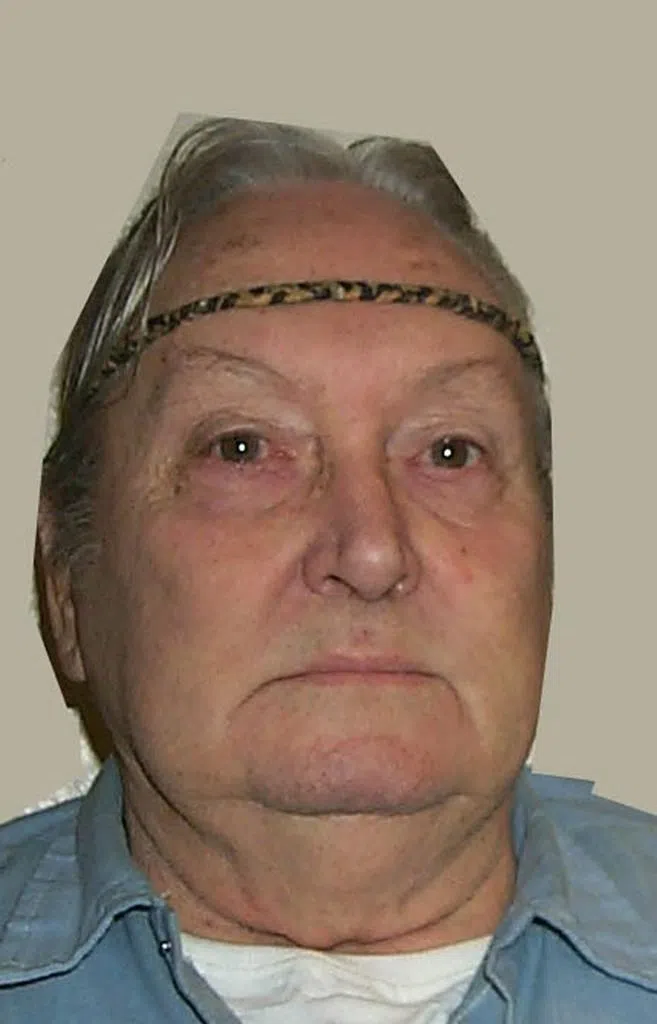
California looks to single drug for carrying out executions
SACRAMENTO, Calif. — California’s death row inmates could be executed using one of four different drugs or choose the gas chamber under regulations submitted for final approval Friday, just days before state voters consider whether to do away with the death penalty or reform it.
The plan by corrections officials responds to court pressure and amid a nationwide shortage of execution drugs.
The Office of Administrative Law now has 30 working days to review the regulations for technical problems. If approved, the rules could go into effect early next year, barring court challenges.
California has 750 condemned inmates on the nation’s largest death row. However, the state hasn’t executed anyone since 2006 and frustration over the law and the endless appeals that go with it spawned competing initiatives on Tuesday’s ballot.



